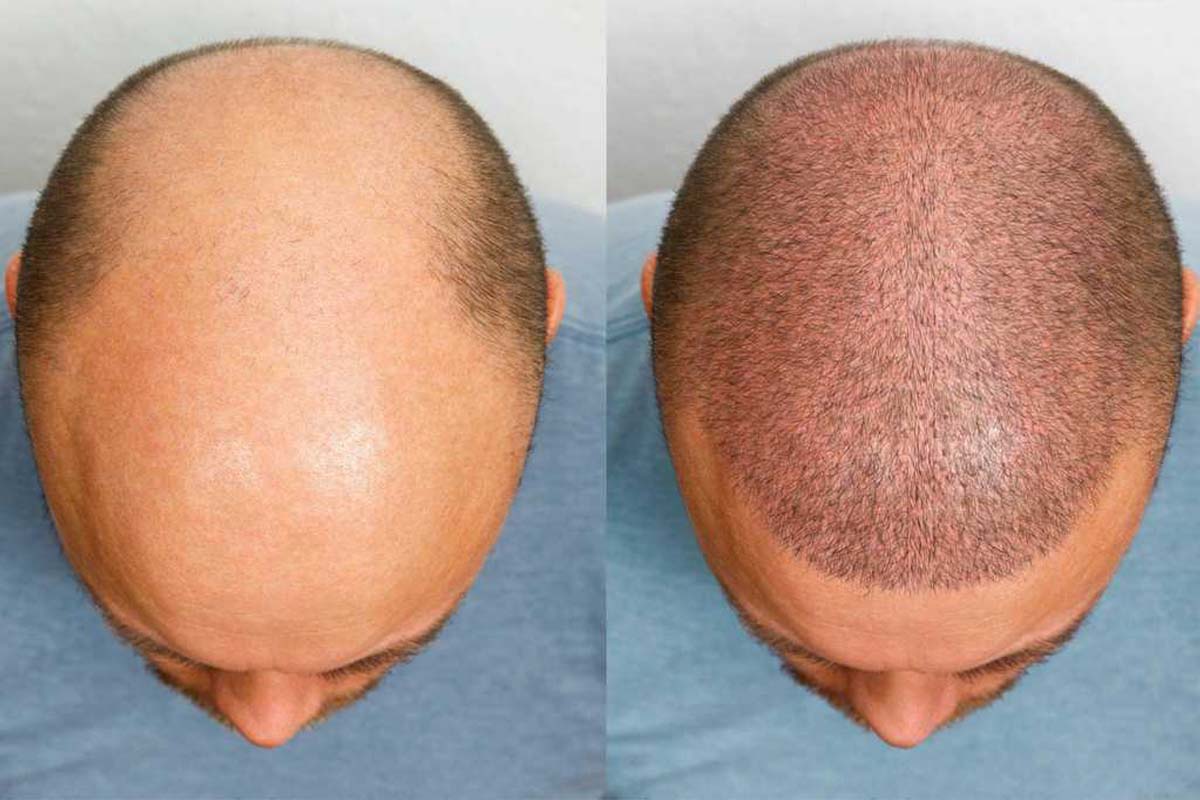Deciding between FUT and FUE for a hair transplant can be challenging. Both techniques aim to restore natural hair growth but differ in procedure, healing time, and long-term results. Understanding the nuances of each method is crucial for making an informed decision. Whether you're considering a transplant due to genetic hair loss or an injury, this guide will provide insight into the best approach for your needs.
What is FUT?
Follicular Unit Transplantation (FUT), often referred to as the strip method, involves removing a strip of skin from the donor area (usually the back of the scalp) and dissecting it into individual follicular units. These units are then implanted into the balding areas.
Pros of FUT:
-
Higher graft yield: FUT allows for the transplantation of a larger number of follicles in a single session.
-
Natural-looking results: Proper implantation leads to a seamless, natural hairline.
-
Cost-effective: It is generally more affordable than FUE due to the efficiency of the process.
Cons of FUT:
-
Linear scar: FUT leaves a visible scar, which may be noticeable if hair is worn short.
-
Longer recovery: The healing process is slower compared to FUE, with post-operative discomfort.
-
More invasive: The procedure requires stitches and carries a slight risk of complications like infection.
What is FUE?
Follicular Unit Extraction (FUE) involves harvesting individual hair follicles from the donor area using a specialized punch tool. These follicles are then implanted into the balding areas without requiring a strip of skin removal.
Pros of FUE:
-
No linear scar: Only tiny, dot-like scars that are hardly noticeable.
-
Shorter recovery time: Healing is faster and less painful than FUT.
-
Less invasive: No stitches or significant wounds.
Cons of FUE:
-
Higher cost: Due to the precision involved, FUE tends to be more expensive.
-
Lower graft yield: It may require multiple sessions for extensive hair restoration.
-
More time-consuming: Harvesting individual follicles takes longer than strip removal in FUT.
Which Technique is Best?
The choice between FUT and FUE depends on various factors, including personal preference, budget, and hair loss severity.
-
Best for extensive hair loss: FUT is ideal for those needing large graft numbers.
-
Best for minimal scarring: FUE is preferable for those who want to avoid a visible scar.
-
Best for faster recovery: FUE heals quicker with fewer post-op restrictions.
Ultimately, consulting with an experienced hair transplant surgeon is crucial for determining the most suitable technique.
Conclusion
Both FUT and FUE have their advantages and drawbacks. FUT is ideal for those seeking cost-effective solutions with high graft yield, while FUE offers minimal scarring and quicker recovery. As hair restoration technology advances, understanding these methods can help individuals make informed decisions. Whether opting for FUT or FUE, the key to a successful transplant lies in choosing a qualified surgeon and following proper post-operative care.


